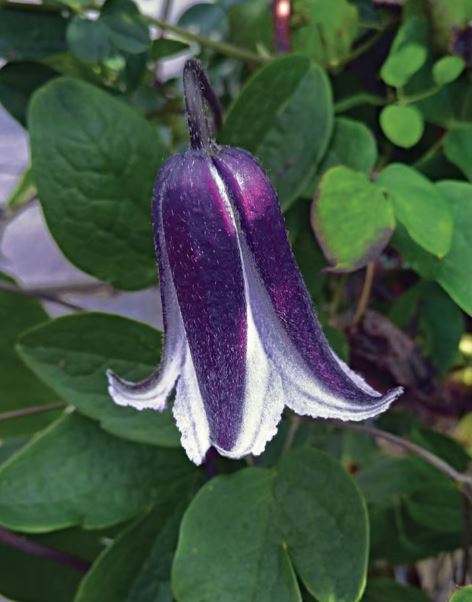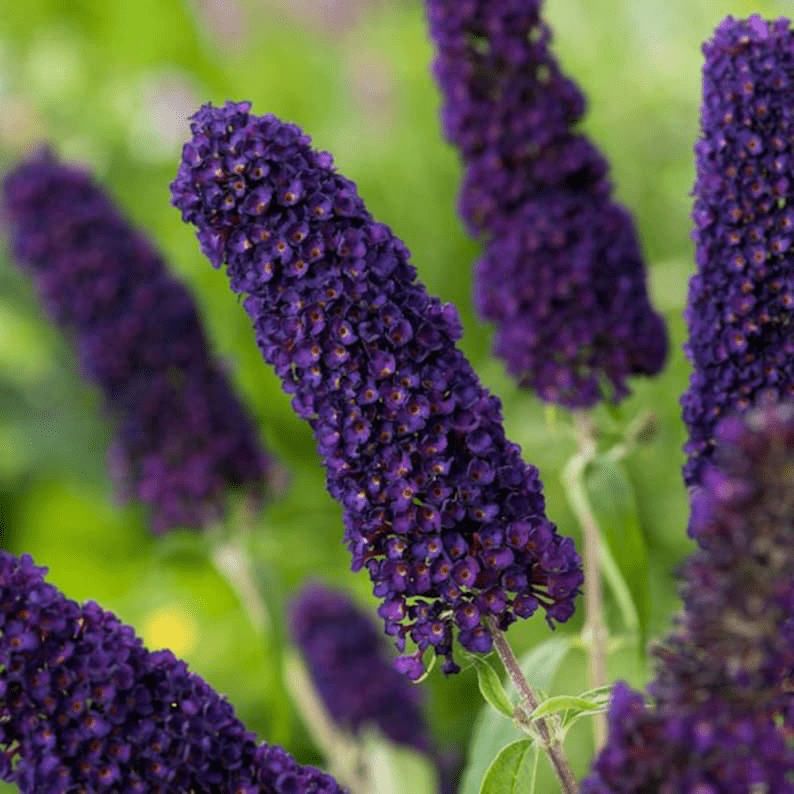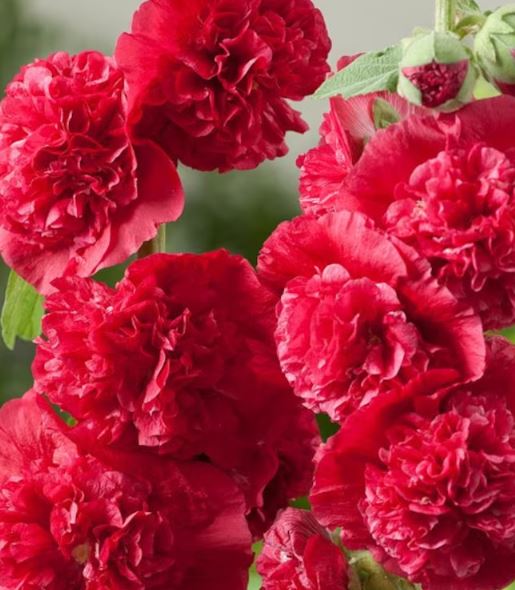mygardenchannel
Check Out Our New Online Plant Shop!
Informational
Blue bells clematis vine, also known as Clematis texensis, is a stunning flowering vine that can add a touch of elegance to any garden or landscape. With its beautiful blue bell-shaped flowers, this vine is sure to catch the eye and become a focal point in your outdoor space.
Clematis texensis is a deciduous vine that typically grows between 6 to 10 feet tall, making it perfect for trellises, fences, or pergolas. Its slender stems and dark green foliage provide an attractive backdrop for the vibrant blue flowers that bloom from late spring to early fall.
The blue bell-shaped flowers of the clematis vine are truly a sight to behold. Each flower is about 2 to 3 inches in diameter and consists of four petals that curl back to reveal a cluster of contrasting yellow stamens in the center. The flowers are held upright on the stems, creating a stunning display when in full bloom.
In addition to its beauty, the blue bells clematis vine is also a favorite among pollinators, such as bees and butterflies. The nectar-rich flowers attract these beneficial insects, making it a great choice for gardeners looking to support local pollinator populations.
When it comes to growing blue bells clematis vine, it is important to provide the plant with the right conditions for optimal growth. This vine prefers a sunny or partially shaded location with well-drained soil. It is also important to provide some form of support, such as a trellis or wire frame, for the vine to climb and twine around.
Pruning is another important aspect of caring for blue bells clematis vine. This vine blooms on new wood, so it is best to prune it in late winter or early spring before new growth begins. Pruning helps to promote healthy growth, control the size of the vine, and encourage abundant flowering.
Step-by-Step Care Guide
Blue bells clematis vine is a beautiful and delicate plant that can add a touch of elegance to any garden. With proper care and maintenance, you can enjoy the vibrant blue flowers and lush foliage of this vine for years to come. In this step-by-step care guide, we will walk you through the essential aspects of caring for your Blue bells clematis vine.
1. Planting: Choose a location that receives at least six hours of sunlight each day. Blue bells clematis vine prefers well-draining soil with a pH level between 6 and 7. Dig a hole that is twice as wide and deep as the plant’s root ball. Place the vine in the hole, ensuring that the soil level matches the original level of the plant. Backfill the hole with soil, gently firming it around the roots.
2. Watering: Provide regular watering to keep the soil consistently moist but not waterlogged. During the first year, water the vine deeply at least twice a week. As the vine matures, reduce the frequency of watering but make sure to water deeply when you do. Avoid overhead watering, as it can lead to fungal diseases. Instead, water at the base of the plant.
3. Mulching: Apply a layer of organic mulch, such as wood chips or shredded bark, around the base of the plant. This will help retain moisture, suppress weed growth, and regulate soil temperature. Keep the mulch a few inches away from the vine’s stem to prevent rot.
4. Fertilization: Blue bells clematis vine benefits from regular fertilization to promote healthy growth and abundant flowering. Apply a balanced, slow-release fertilizer in early spring or late winter before new growth emerges. Follow the manufacturer’s instructions for the appropriate amount and method of application.
5. Pruning: Pruning is essential to maintain the health and shape of your Blue bells clematis vine. Prune lightly in early spring before new growth appears to remove any dead or damaged stems. As the vine grows, prune back any overgrown or tangled stems to encourage better air circulation and blooming. Avoid heavy pruning, as Blue bells clematis vine blooms on old wood.
6. Support: Blue bells clematis vine is a climbing plant that requires support to grow and thrive. Install a trellis, arbor, or other suitable structure for the vine to climb on. Make sure the support is sturdy enough to withstand the weight of the mature plant.
7. Pest and disease control: Blue bells clematis vine is generally resistant to pests and diseases. However, it can occasionally suffer from aphid infestations, powdery mildew, or wilt. Monitor your plant regularly and take appropriate action if you notice any signs of pests or diseases. Use organic insecticides or fungicides as necessary.
Proudly powered by WordPress





